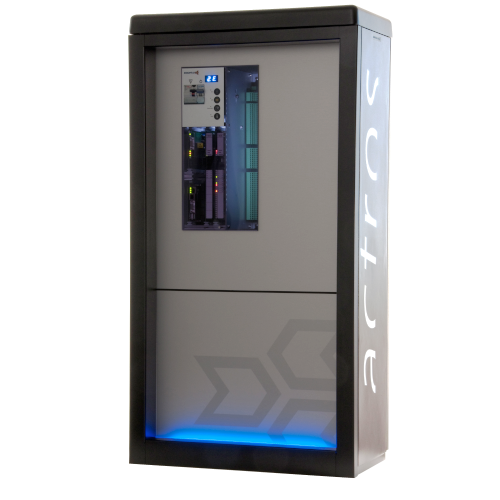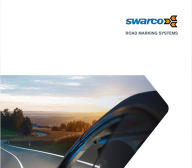ACTROS - TRAFFIC CONTROLLER
Efficient sustainability


ACTROS is used for individual intersection control, or as a system component of a comprehensive Traffic Management System.
A variety of central interfaces assures easy integration into all important traffic management environments. For this purpose, especially the open standard for central interfaces, OCIT, is fully supported. ACTROS also supports manufacturer-specific interfaces, including SIEMENS computer interfaces. ACTROS performs the following control processes: LISA+, VS-PLUS, PDM/TL (with Motion), TRELAN/TRENDS, as well as additional modifications within individual program sequences. The extensively equipped standard traffic engineering platform LISA+ is primarily used.
Perfected hardware structure
ACTROS offers a modular architecture for flexible and individual adaptations, suitable for almost all modern traffic control systems. The system is based on fast and compact hardware, divided into three areas: system and functional modules, and optional components.
Ergonomics and Safety
ACTROS sets new standards in terms of ergonomics and operating safety. It can be conveniently controlled on-site by means of the integrated control unit, or by an integrated ACTROS.access web server via PDA or a workstation with Microsoft Internet Explorer. The ACTROS safety concept has resulted in a design with defined fail-safe technology. All lamp outputs are subject to current and voltage monitoring. All signal states are monitored, identified and controlled as per DIN VDE 0832 Part 100 and the guidelines for traffic signal systems (RiLSA).
ACTROS.line and ACTROS.energyline system variants
The ACTROS.line and ACTROS.energyline variants offer a decentralized control unit design, linking intelligent, distributed system components via flexible, easy-to-install bus lines to form an overall system.
Technical Details
| Housing |
|
| Control electronics |
|
| Power electronics |
|
ACTROS.line: Features of decentralized technology |
|
